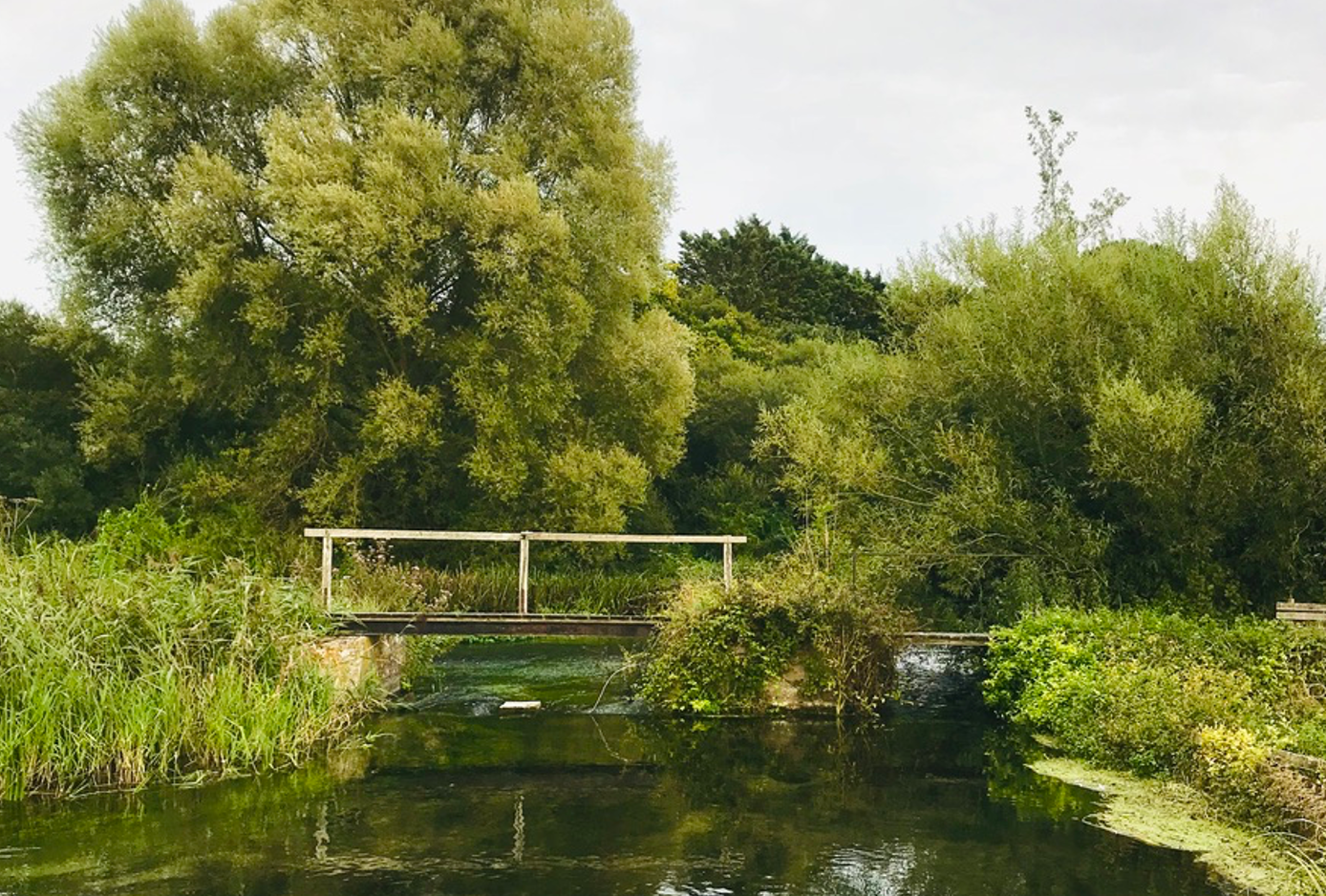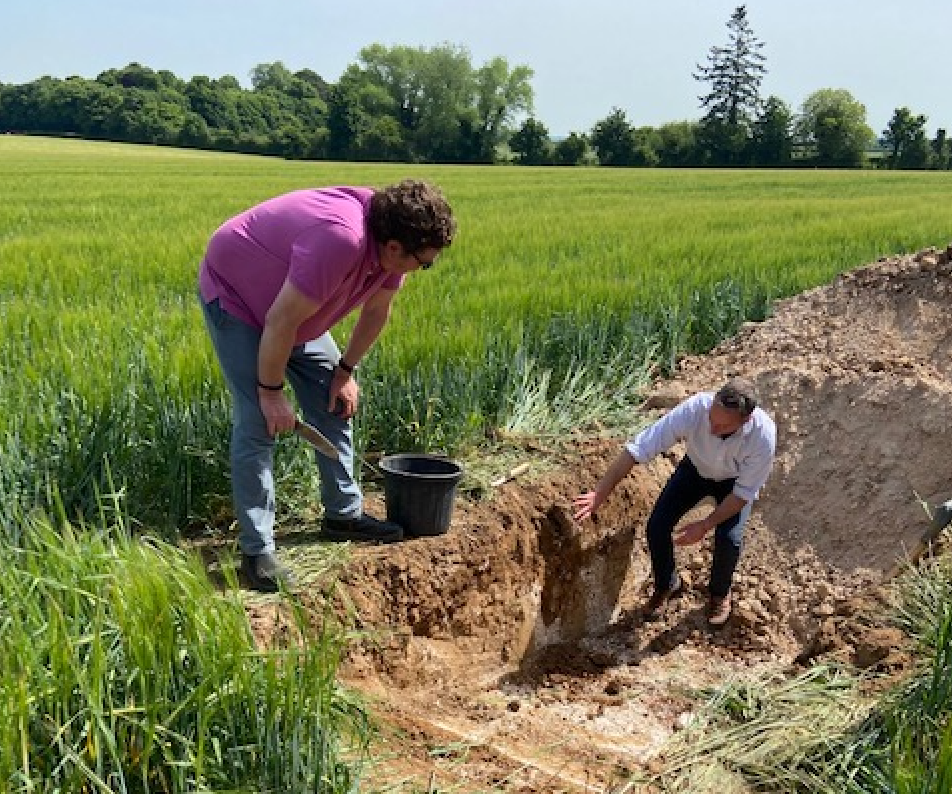
River Restoration & Water Quality
River Restoration
Our group has worked with the Wessex Rivers Trust, The Piscatorial Society and The Test & Itchen Association on several projects aimed to improve the ecological status of our rivers. The work carried out includes indirect measures to reduce abstraction and pollution of the rivers and direct measures such as full-scale river restoration to address the effects of historical over-dredging, deepening and removal of bank-side vegetation. Southampton University has several PhD students looking into the long-term effects of some of these measures. It is our hope that this project will continue to win support from an increasing number of landowners on the river.
Improving Soils and Reducing Nitrates in Partnership with Southern Water
Most arable farmers apply nitrates to improve crop yields. Nitrates are also contained in the dung of farm animals. Nitrates from both these sources can enter our waterways directly from run-off or indirectly via the aquifer. Nitrates have a damaging effect on the ecology of rivers and the marine environment. We are working with Southern Water to restrict nitrate applications and reduce the risks of excess nitrates entering the underground aquifer or ending up in our rivers. With active participation from at least six members in priority catchments. This project has been well received, well implemented, and is set to continue next year and thereafter.
Using cover crops and reducing chemical inputs is not only critical to the quality of our water but also essential in restoring the biological productivity and organic content of our soils.
Our Projects
Our group is working with the Wessex Rivers Trust, The Piscatorial Society and The Test & Itchen Association on several projects aimed to improve the ecological status of our rivers
River restoration
Uptake of Countryside Stewardship is strong across the group which in turn is leading to a significant increase in the proportion of hedgerows and field margins managed for nature.
Biodiversity in the farmed landscape
Following the example of others there is growing interest in linking fragments of chalk grassland between neighbouring farms, particularly on the steep scarp slopes of the downs.






